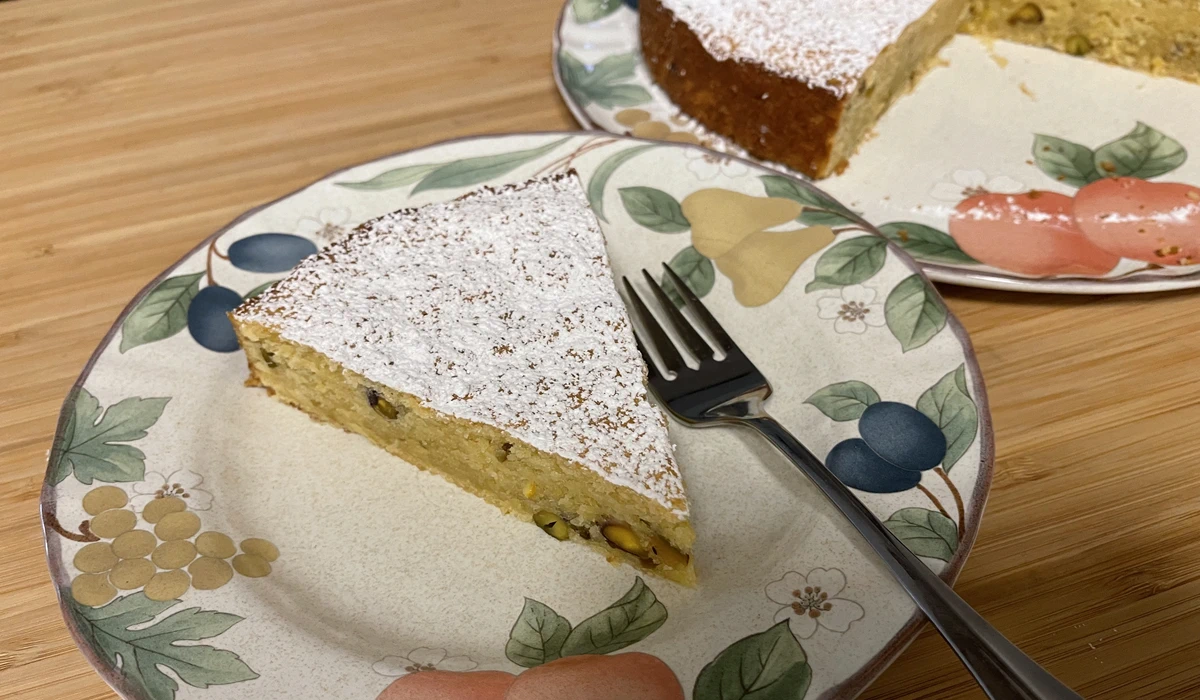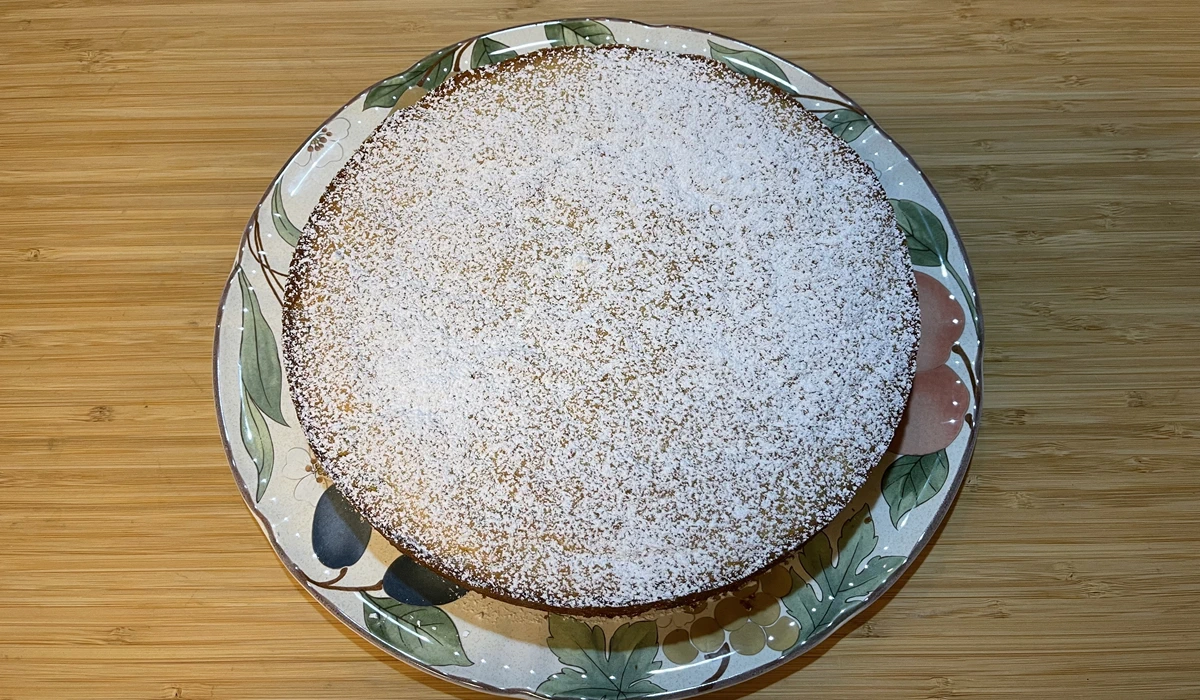The recipes one finds just reading the daily newspaper! Why I have spent untold thousands on cookbooks and cooking magazines is beyond me…
Case in point – a Cast Iron Orange Cake. We have both been really good about desserts – our A1C was creeping up juuuuuuust a bit, and neither of us felt like succumbing to Type 2 Diabetes in our dottage.
That being said… once in a while we must treat ourselves. That’s once in a while – not nightly.
Enter the New York Times…
Victor saw a recipe for this cake that really sounded intriguing – made with whole oranges – skin, pith, and all. Only problem was it calls for a 10″ cast iron skillet. We no longer have any cast iron skillets – they didn’t make the move west.
We do, however, have the top to a cast iron dutch oven that I have used for bread baking. But it’s on a bottom shelf in the far corner of a cupboard, and my hips in their current state do not enjoy crawling around on the floor searching for things. We do, however, have every size cake pan imaginable – all at eye-level. I grabbed one of the 10″ pans and went to work.
Now, having never made this cake before, I have no idea how my version compares to one baked in cast iron, but my 10″ Allied Metal Spinning cake pan made a damn fine cake!
Cast Iron Orange Cake
adapted from the New York Times
- 2 cups/400 grams granulated sugar
- 2 navel oranges
- 2 teaspoons or vanilla extract
- 1/4 teaspoon fennel seeds, lightly toasted and coarsely ground (optional)
- 1/2 teaspoon plus a pinch kosher salt
- 1 cup/226 grams butter, at room temperature
- 2 large egg yolks, at room temperature
- 2 cups/255 grams all-purpose flour
- 1/4 cup/50 grams semolina flour (or another 1/4 cup/32 grams all-purpose flour)
- 2 teaspoons baking powder
- 1/2 cup/60 grams chopped toasted walnuts
- Olive oil, for the pan
Make the cake: Place a 10-inch cast iron pan on the middle rack of the oven and heat the oven to 350°F while you prepare the batter.
Add sugar to the bowl of a stand mixer and finely zest one orange into it. Set the bowl aside and then trim a bit of the stem end off both oranges and discard. Cut oranges into 8 pieces and puree in a food processor or blender, scraping the bowl as needed. You need 1 1/2 cups puree; set aside.
To the stand mixer bowl, add vanilla, fennel seeds (if using) and a pinch of salt. Rub ingredients together vigorously with your hands and fingers.
When sugar is fragrant, add butter and set the mixer to medium-high speed to cream until fluffy, at least 5 minutes. Scrape down bowl and paddle, making sure you aren’t leaving any butter unattended.
Add egg yolks and beat on medium-high until well incorporated, 1 to 2 minutes more, remembering to scrape bowl and paddle as needed.
While wet ingredients are working in the mixer, prepare dry ingredients by whisking together flour, semolina, baking powder and salt.
Scrape butter mixture down from bowl and paddle. Give it a good stir to make sure the batter is well mixed. Return to the stand mixer, add the reserved 1 1/2 cups orange puree and slowly incorporate on medium-low speed, then turn to medium-high to blend well.
Starting on low speed, add dry ingredients, then increase speed to medium-high and eventually to high, scraping bowl and paddle until batter is very well mixed.
Stir in the nuts.
Remove the hot skillet from the oven, brush with a generous amount of olive oil and spread batter in the hot pan. It should sizzle and will get a nice, toasty caramelized bottom during baking.
Bake for 35 to 45 minutes. The cake should be set in the middle and golden brown on top. You can use a cake tester if you have one; it should come out clean. This cake can be eaten on its own warm out of the oven after sitting for a little over 30 minutes.
It did not sizzle when I put the batter in, but it did bake up nicely.
I also substituted pistachios in place of the walnuts ‘cuz we were out. (Just did a Trader Joe run this morning and we’re well-stocked for the holidays!)
I’m thinking 1 1/2 cups of lemon, lime, or grapefruit would work quite well in this recipe…
Just not this week.


